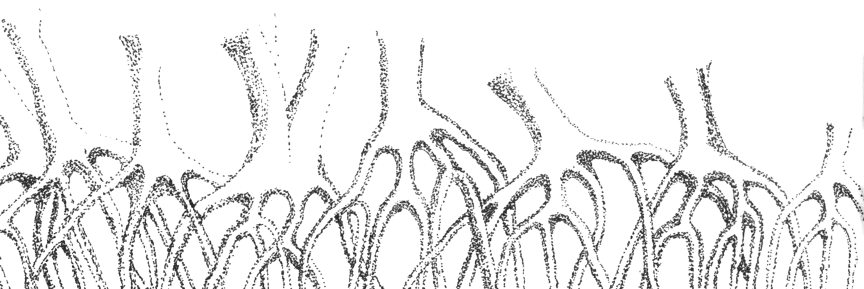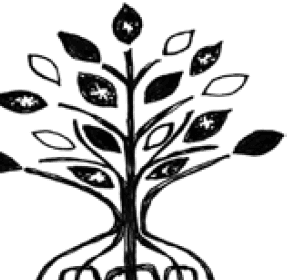Splendid Encounters Outside the Realm of Diplomacy
Alejandrino A. Vicente
It all started when, as a college junior in a provincial town, I won the top prize in a national essay contest. Sponsored by Lions Club International, the competition started from the club level in our school and my entry would later emerge as the winner in the district, regional and national levels. Later, after college, I figured in another national essay contest with the late Isabelo Crisostomo winning the top award. I won the third prize. The contest judges included the formidable Max Soliven and Carmen Guerrero-Nakpil, a known master of the essay. I remember her picking the olive from her glass of wine and crushing it in her mouth after giving her comments on the entries.
I guess I was an accidental diplomat because my first love was really writing and literature, influenced in no small measure by my teachers in high school and college. Little wonder then that in my foreign assignments as a diplomat, I made sure I always followed the scent of writing and literature when done with my official duties.
Washington, D.C. was my first foreign posting and this was right after EDSA 1. There, I was lucky to find myself among like-minded individuals both in the embassy and in the community; we founded the Philippine Arts, Letters and Media Council (PALM) which is still active today. The founding members included Leonor Briscoe, Jon Melegrito, Pacita Abad, Nita Churchill and from the embassy, Jaime Yambao, my boss then at the Cutural Section, and myself. We put out a newsletter, held regular meetings and hosted events for visiting writers and artists from the Philippines, among whom, during my stay, were Ben Santos and Fatima Lim.
While in D.C., I also made trips to The Writer’s Center in Bethesda, Maryland and participated in a writers’ workshop. It was a motley group of established and aspiring writers and some came with voluminous pages of their works in progress. Among the panelists was the poet Richard Peabody who gave encouraging remarks on a piece I submitted. Peabody was one of the founding editors of Gargoyle Magazine.
During one home leave in Manila, I decided to enroll in a graduate course in creative writing at the Bienvenido N. Santos Creative Writing Center of De La Salle University. There I met Dr. Marjorie Evasco-Pernia who approved my application. She would later be our professor in our poetry class where we took up the different types and periods. I remember the animated discussion the class had as we took up Robert Browning’s “My Last Duchess.” And when we delved into poetry from the regions, she asked us to present poems or even songs from our particular localities. Being an Ilocano, I chose the popular song, “Bannatiran,” which refers to a kind of bird with vari-colored plumage. The speaker in the song addresses the bird, pleading with her not to leave as she might later regret it. I had to translate the lines into English, and the professor also asked me to sing the song! Looking back on it now, I believe those years marked the beginnings of Dr. Evasco’s great passion for regional literature and her efforts towards their development.
My posting in Bangkok was another propitious period for me. The city is the home of the SEA Write Awards and I was lucky to attend the award ceremonies in those years. Not during the time that Dr. Evasco was one of the awardees though. The occasion was always a big annual event at the Bangkok Oriental hotel. The ceremony included the honorees having to curtsey to His Majesty, the King or to his representative. On one such evening program, an awardee made a misstep, lost his balance, and what was to be a low bow became a somersault, feet up in the air. I do not recall now if it was the time Norman Mailer was among the guests at the presidential table.
Hong Kong was another matter. Each year during my stint there, it would host the International Literary Festival and during that week, the highlight was the awarding of the Man Asian Literary Prize. In its heyday, entries making it to the longlist would be announced and would often include works by a number of Filipino authors. This would be followed by a shortlist of five. In my second year, two Filipino writers figured in the shortlist: Krip Yuson and Miguel Syjuco. Of the diplomats invited, if I remember right, only the Consul General of New Zealand and myself could attend. Mr. Yuson and I were seated at a small table a few meters from the stage. Tension and excitement were palpable as the audience awaited the judges’ verdict. Syjuco’s “Ilustrado” was declared the winner and I joined the others in congratulating the Filipino author. It was a proud moment for me and my country – and the Filipinos then in Hong Kong, though only a few would know of the award. It was the first and only time that two Filipinos would make it to the final list in the Award’s history.
There was another event in Hong Kong to which Dr. Evasco was among the writers invited. This was the Hong Kong Baptist University’s Visiting Writers Programme to which writers all over the world can apply and if chosen, would participate. Unfortunately, I could not make it to event during which Dr. Evasco read samples of her work. What I thought was notable about the program was that the visiting writers were brought to the schools to read their works and thus increase the students’ awareness of literature, enrich their minds and even have writing and literature as a career option.
In Spain, I had to relearn my Spanish under an able tutor from the Escuela Diplomatica. My stint there was a rare chance for me to get to know more about the notable Spanish writers past and present. What a pleasant surprise it was for me to learn that Spain had a Nobel laureate in literature by the name of Vicente Aleixandre! Spaniards in the know would claim then that they would remember my name by associating it with that of the Nobel winner. There I had the good fortune of attending the awards ceremonies for the winners of the annual Premio Cervantes, in which writers of all Spanish-speaking countries can compete. The event was always held at the University of Alcala in Alcala de Henares, the birthplace of Miguel de Cervantes. And yes, the Philippines is the only Asian country invited to the event as it is the only one in the region with strong links to Spain, being a former colony.
A direct offshoot of that phase in my life would be my efforts to deepen my immersion into the Spanish culture and language by attending events such as the Pelikula Festival and other projects of the Instituto Cervantes in Manila. It was in fact during those times that I would renew my connection with old friends including Dr. Evasco. It was with much pleasure and awe that I watched and listened to her deliver a paper on “Don Quijote” at a certain program at the Instituto. It was I believe, a brilliant and engaging performance.
My exit from the diplomatic world would give me time to increase my association and dealings with friends including former professors and classmates in graduate school at De La Salle. On several occasions we would gather and meet at the residence of the late National Artist Cirilo F. Bautista, with him and his wife, Rose, as hosts. Over lunch and sometimes a bottle of bugnay wine, we would have convivial, spirited sessions talking about the news of the day, people or events in the writing world, or just listening to good–natured quips or jokes.
In all these varied encounters, among the people I have met and the few with whom I have remained in contact is Dr. Evasco. Our paths would cross in various events connected with the writing life: the Philippine PEN conferences, symposiums in the universities, writers workshops, book launches and readings of writers’ new works. Always she has been a gentle, quiet presence – her voice self-assured and modulated, her tone measured. I guess it’s the professor in her.
Grace Paley once wrote a piece in Esquire honoring teachers for the work they do. The title was “Schoolmarm.” I rather like the charm and ring of that word, even if I know it refers to the old-time country-school type. Dr. Evasco is by all means way beyond that. As a trusted mentor and friend, to me, she is there primarily to inspire and to guide.








